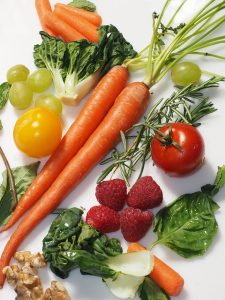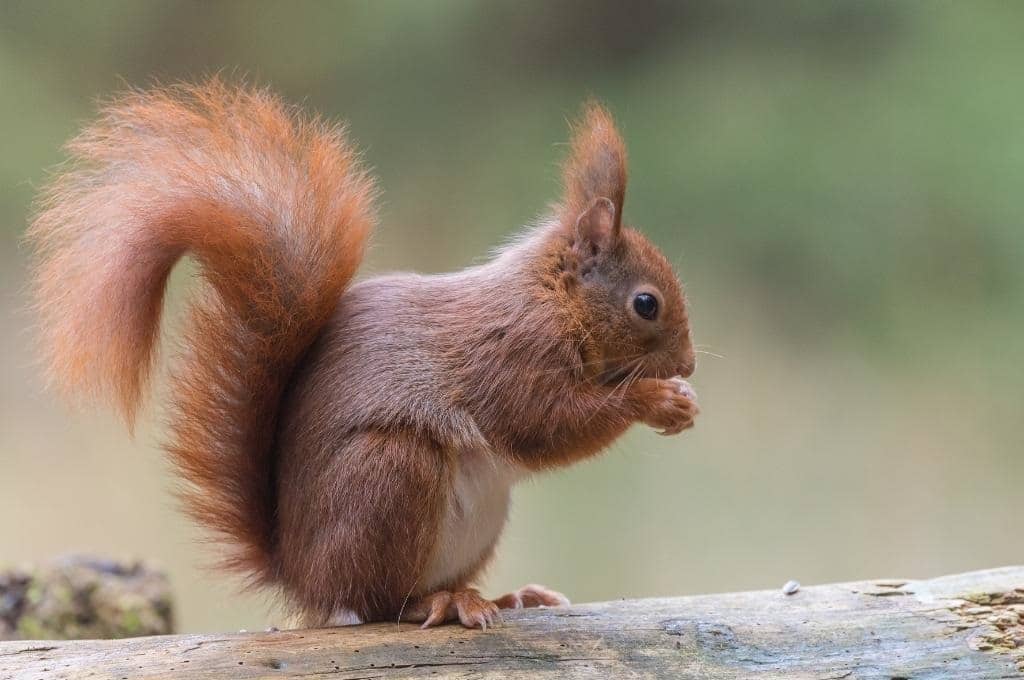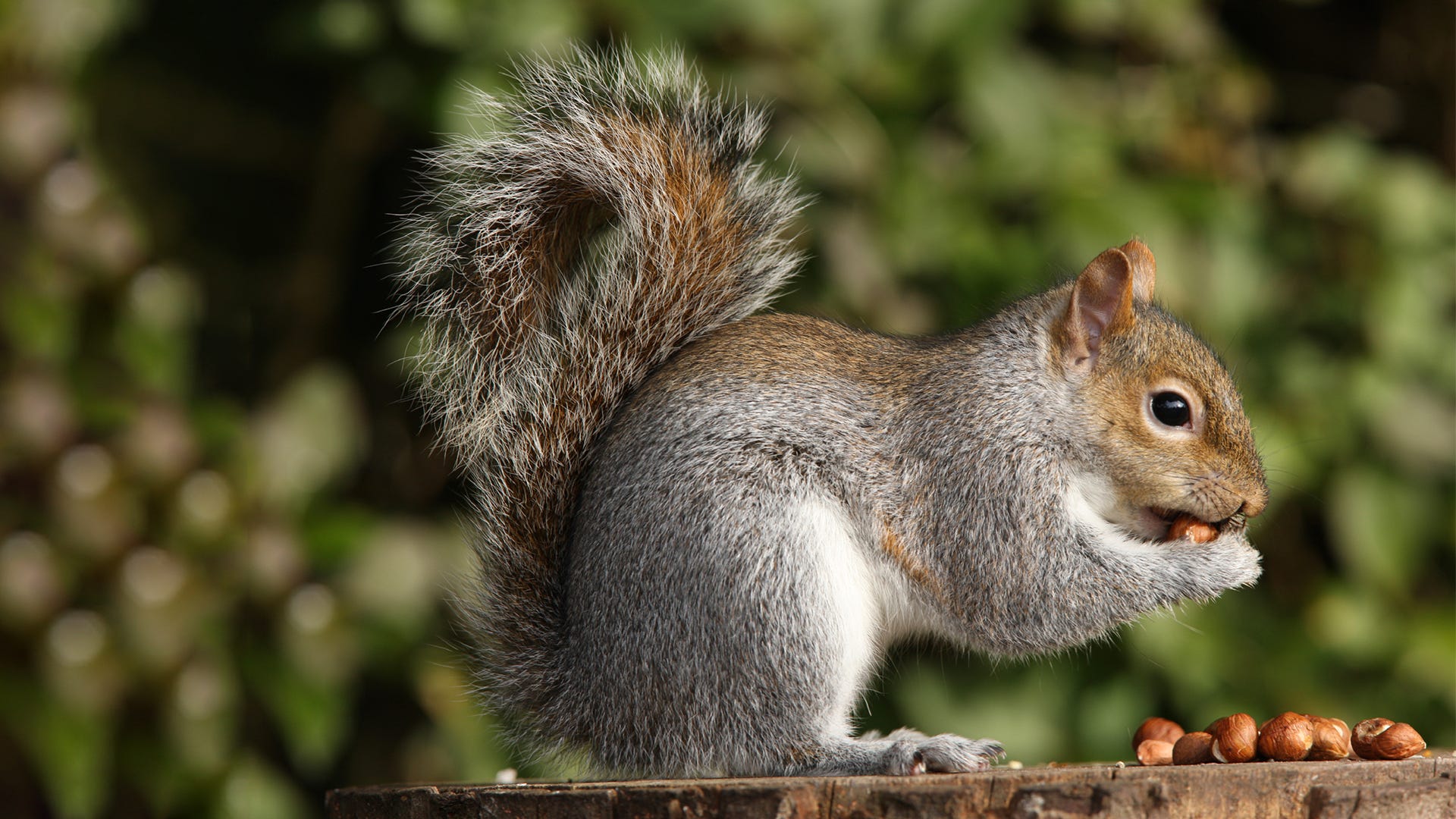Unlocking the Secrets of Squirrel Nutrition
Providing a balanced diet for squirrels is essential for their overall health and well-being. As these furry creatures forage for food in their natural habitats, they require a diverse range of nutrients to sustain their energetic lifestyles. Vegetables play a vital role in meeting their nutritional needs, and understanding their dietary preferences is crucial for creating a squirrel-friendly environment. Squirrels are known to be opportunistic omnivores, which means they eat a wide variety of foods including nuts, seeds, fruits, and vegetables. But what vegetables do squirrels eat, and how can we provide them with a nutritious diet?
Research has shown that squirrels have a keen sense of smell and taste, which helps them detect and select their preferred foods. In the wild, they tend to forage for vegetables that are rich in fiber, vitamins, and minerals. These nutrients are essential for maintaining their physical health, supporting their immune systems, and promoting healthy digestion. By understanding the nutritional needs of squirrels and providing them with a balanced diet, we can help create a thriving and sustainable ecosystem.
One of the key benefits of providing a balanced diet for squirrels is that it can help support their natural behavior and social interactions. In the wild, squirrels play a vital role in seed dispersal and forest regeneration, and a healthy diet is essential for maintaining their physical and mental well-being. By creating a squirrel-friendly environment, we can help promote biodiversity and support the local ecosystem.
So, what can we do to provide a balanced diet for squirrels? The first step is to understand their dietary preferences and provide them with a variety of vegetables that meet their nutritional needs. This can include leafy greens, root vegetables, and other nutrient-rich foods. By creating a squirrel-friendly garden or providing supplemental food sources, we can help support the health and well-being of these amazing creatures.
Leafy Greens and Squirrels: A Perfect Match
Leafy greens are a staple in a squirrel’s diet, providing essential nutrients like vitamins A, C, and K, as well as minerals like calcium and iron. Squirrels love to eat a variety of leafy greens, including kale, spinach, and collard greens. These vegetables are rich in fiber, which helps support healthy digestion and bowel function in squirrels.
When offering leafy greens to squirrels, it’s essential to provide them in a safe and healthy manner. Here are some tips to keep in mind:
Choose fresh, organic leafy greens whenever possible. Avoid wilted or spoiled greens, as they can be toxic to squirrels.
Wash the greens thoroughly with clean water to remove any pesticides or debris.
Chop or tear the greens into bite-sized pieces to prevent choking hazards.
Place the greens in a squirrel-friendly feeder or on a flat surface, such as a tray or plate.
Some popular leafy greens that squirrels enjoy include:
Kale: A nutrient-rich green that’s high in vitamins and minerals.
Spinach: A mild-tasting green that’s rich in iron and calcium.
Collard greens: A slightly bitter green that’s high in fiber and vitamins.
By providing leafy greens in a safe and healthy manner, you can help support the nutritional needs of squirrels and create a welcoming environment for these amazing creatures.
The Crunchy Delight of Root Vegetables
Root vegetables are a staple in a squirrel’s diet, providing essential nutrients like fiber, vitamins, and minerals. Squirrels love to eat a variety of root vegetables, including carrots, sweet potatoes, and squash. These vegetables are rich in complex carbohydrates, which help support healthy digestion and energy production in squirrels.
When offering root vegetables to squirrels, it’s essential to prepare and serve them in a way that’s safe and healthy. Here are some tips to keep in mind:
Choose fresh, organic root vegetables whenever possible. Avoid wilted or spoiled vegetables, as they can be toxic to squirrels.
Wash the vegetables thoroughly with clean water to remove any pesticides or debris.
Peel or chop the vegetables into bite-sized pieces to prevent choking hazards.
Place the vegetables in a squirrel-friendly feeder or on a flat surface, such as a tray or plate.
Some popular root vegetables that squirrels enjoy include:
Carrots: A crunchy and sweet vegetable that’s high in fiber and vitamins.
Sweet potatoes: A nutrient-rich vegetable that’s high in complex carbohydrates and minerals.
Squash: A versatile vegetable that’s high in fiber and vitamins, and can be served cooked or raw.
By providing root vegetables in a safe and healthy manner, you can help support the nutritional needs of squirrels and create a welcoming environment for these amazing creatures.
When it comes to what vegetables do squirrels eat, root vegetables are a clear favorite. By incorporating these vegetables into a squirrel’s diet, you can help promote healthy digestion, energy production, and overall well-being.
How to Create a Squirrel-Friendly Vegetable Garden
Creating a squirrel-friendly vegetable garden is a great way to attract these amazing creatures to your yard and provide them with a nutritious diet. By choosing the right plants, using squirrel-friendly gardening practices, and maintaining a safe and welcoming environment, you can create a haven for squirrels and other wildlife.
Here are some steps to follow when creating a squirrel-friendly vegetable garden:
Choose a variety of vegetables that squirrels love to eat, such as leafy greens, root vegetables, and other nutrient-rich foods.
Select plants that are easy to access and harvest, such as plants with large leaves or fruits that are easy to pick.
Use squirrel-friendly gardening practices, such as avoiding the use of pesticides and herbicides, which can harm squirrels and other wildlife.
Provide a source of fresh water, such as a birdbath or shallow dish, to help keep squirrels hydrated.
Consider adding a squirrel feeder or two to your garden, to provide a convenient source of food for these amazing creatures.
Some popular vegetables to include in a squirrel-friendly garden include:
Kale and spinach, which are rich in vitamins and minerals.
Carrots and sweet potatoes, which are high in fiber and complex carbohydrates.
Squash and cucumbers, which are easy to access and harvest.
By following these steps and choosing the right plants, you can create a squirrel-friendly vegetable garden that will attract these amazing creatures to your yard and provide them with a nutritious diet.
When it comes to what vegetables do squirrels eat, a well-planned garden can provide a variety of options. By incorporating a mix of leafy greens, root vegetables, and other nutrient-rich foods, you can create a haven for squirrels and other wildlife.
Other Vegetables Squirrels Love to Munch On
In addition to leafy greens and root vegetables, squirrels also enjoy a variety of other vegetables that are rich in nutrients and flavor. Some of these vegetables include peas, cucumbers, and bell peppers.
Peas are a favorite among squirrels, and they can be offered fresh or frozen. They are a good source of protein, fiber, and vitamins, making them a nutritious addition to a squirrel’s diet.
Cucumbers are another popular vegetable among squirrels, and they can be offered sliced or whole. They are low in calories and rich in water content, making them a refreshing and healthy snack for squirrels.
Bell peppers are also a favorite among squirrels, and they can be offered sliced or whole. They are rich in vitamins and antioxidants, making them a nutritious and healthy addition to a squirrel’s diet.
When offering these vegetables to squirrels, it’s essential to provide them in a safe and healthy manner. Here are some tips to keep in mind:
Choose fresh, organic vegetables whenever possible. Avoid wilted or spoiled vegetables, as they can be toxic to squirrels.
Wash the vegetables thoroughly with clean water to remove any pesticides or debris.
Offer the vegetables in a way that is easy for squirrels to access and eat. For example, you can place them in a squirrel feeder or on a flat surface.
By incorporating a variety of vegetables into a squirrel’s diet, you can help provide them with the nutrients they need to stay healthy and thrive. When it comes to what vegetables do squirrels eat, the options are endless, and by offering a mix of leafy greens, root vegetables, and other nutrient-rich foods, you can create a haven for these amazing creatures.
Vegetable Safety: What to Avoid Feeding Squirrels
While vegetables are a nutritious and healthy addition to a squirrel’s diet, there are some vegetables that are toxic to squirrels and should be avoided. Onions, garlic, and mushrooms are some of the most common vegetables that are toxic to squirrels.
Onions and garlic belong to the Allium family of plants and contain a compound called N-propyl disulfide, which can cause damage to a squirrel’s red blood cells and lead to anemia. Mushrooms, on the other hand, contain a variety of toxins that can cause vomiting, diarrhea, and abdominal pain in squirrels.
It’s essential to avoid feeding these vegetables to squirrels to ensure their health and well-being. Instead, focus on providing a balanced and nutritious diet that includes a variety of safe and healthy vegetables.
When it comes to what vegetables do squirrels eat, it’s crucial to prioritize their safety and health. By avoiding toxic vegetables and providing a balanced diet, you can help create a healthy and thriving squirrel population in your neighborhood.
Here are some tips to keep in mind when feeding squirrels:
Always research the safety of a vegetable before feeding it to squirrels.
Avoid feeding squirrels vegetables that are wilted, spoiled, or moldy.
Provide a variety of safe and healthy vegetables to ensure a balanced diet.
By following these tips and avoiding toxic vegetables, you can help create a safe and healthy environment for squirrels to thrive.
Feeding Squirrels Responsibly: Tips and Precautions
Feeding squirrels can be a fun and rewarding experience, but it’s essential to do so responsibly to ensure the health and well-being of these amazing creatures. Here are some tips and precautions to keep in mind:
Provide fresh water: Squirrels need access to fresh water to stay hydrated, especially during hot summer months. Make sure to provide a clean and reliable source of water, such as a birdbath or a shallow dish.
Avoid overfeeding: While it’s tempting to feed squirrels as much as they want, overfeeding can lead to negative consequences, such as obesity and dependence on humans for food. Feed squirrels in moderation, and make sure to provide a balanced diet that includes a variety of vegetables and fruits.
Respect local regulations: Check with your local government to see if there are any regulations or restrictions on feeding squirrels in your area. Some areas may have laws prohibiting the feeding of wildlife, so it’s essential to respect these regulations to avoid any potential fines or penalties.
Be mindful of squirrel behavior: Squirrels can become aggressive or territorial when competing for food, so it’s essential to be mindful of their behavior when feeding them. Avoid feeding squirrels in areas where they may feel threatened or territorial, and make sure to provide enough food for all the squirrels in the area.
Keep the feeding area clean: Make sure to keep the feeding area clean and free of debris to prevent the spread of diseases and parasites. Regularly clean and disinfect the feeding area, and make sure to dispose of any uneaten food properly.
By following these tips and precautions, you can help ensure that your squirrel-feeding experience is safe and enjoyable for both you and the squirrels. Remember to always prioritize the health and well-being of these amazing creatures, and to respect their natural behavior and habitat.
When it comes to what vegetables do squirrels eat, it’s essential to provide a balanced and nutritious diet that includes a variety of vegetables and fruits. By doing so, you can help support the health and well-being of squirrels and create a positive impact on your local environment.
Conclusion: Creating a Squirrel-Friendly Community
Providing a balanced and nutritious diet for squirrels is essential for their overall health and well-being. By understanding their dietary preferences and incorporating a variety of vegetables into their diet, you can help create a squirrel-friendly community that supports the health and well-being of these amazing creatures.
When it comes to what vegetables do squirrels eat, the options are endless. From leafy greens to root vegetables, and from peas to bell peppers, there are many delicious and nutritious options to choose from. By providing a variety of vegetables and following responsible squirrel feeding practices, you can help support the health and well-being of squirrels in your neighborhood.
Creating a squirrel-friendly community requires a commitment to providing a safe and welcoming environment for these amazing creatures. By sharing your knowledge and experiences with others, you can help inspire a love of nature and a desire to protect and preserve the natural world.
Remember, every small action can make a big difference in the lives of squirrels and other wildlife. By providing a balanced and nutritious diet, creating a safe and welcoming environment, and sharing your knowledge and experiences with others, you can help create a squirrel-friendly community that supports the health and well-being of these amazing creatures.
So why not start today? Begin by learning more about what vegetables do squirrels eat, and how you can provide a balanced and nutritious diet for these amazing creatures. Then, share your knowledge and experiences with others, and inspire a love of nature and a desire to protect and preserve the natural world.






